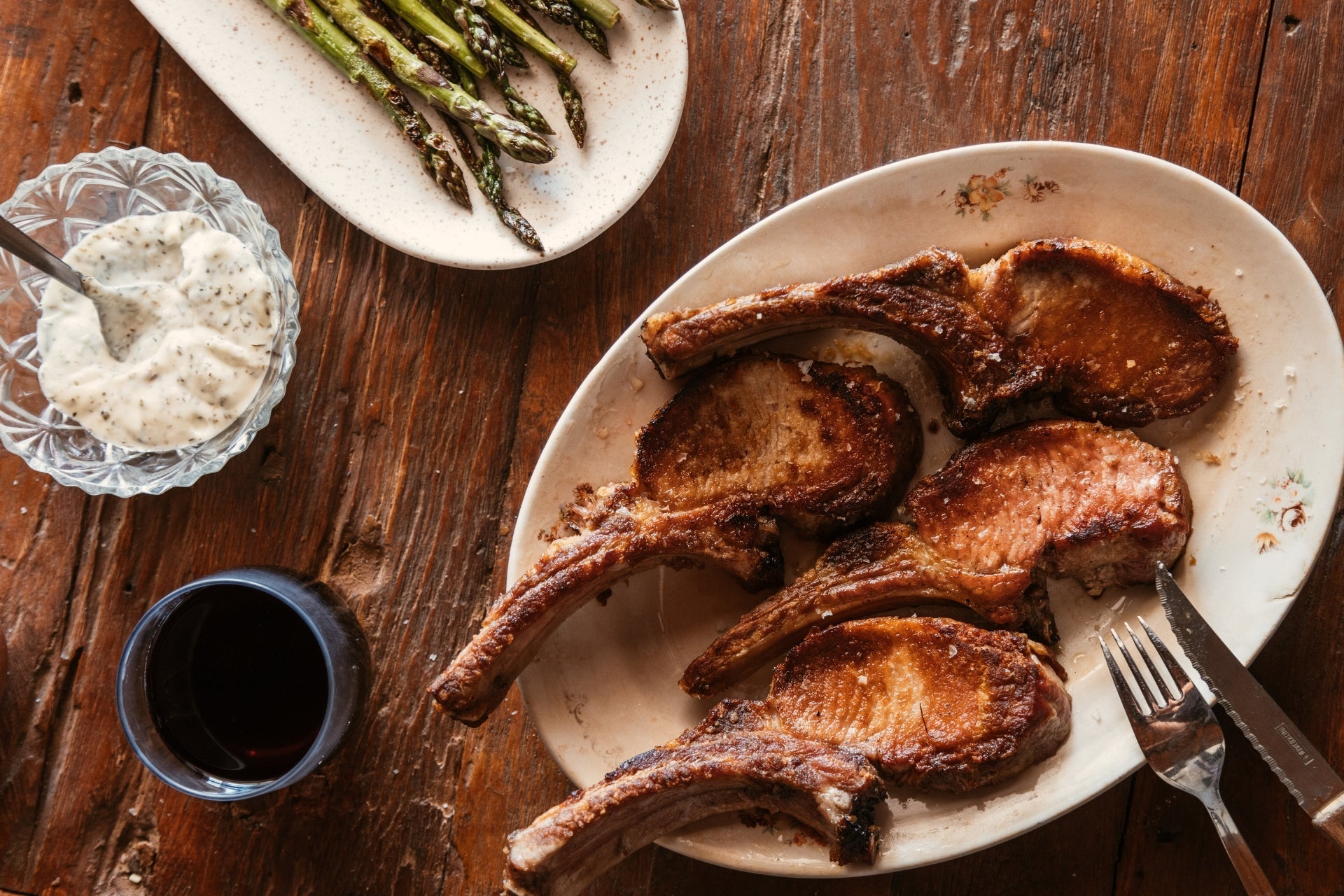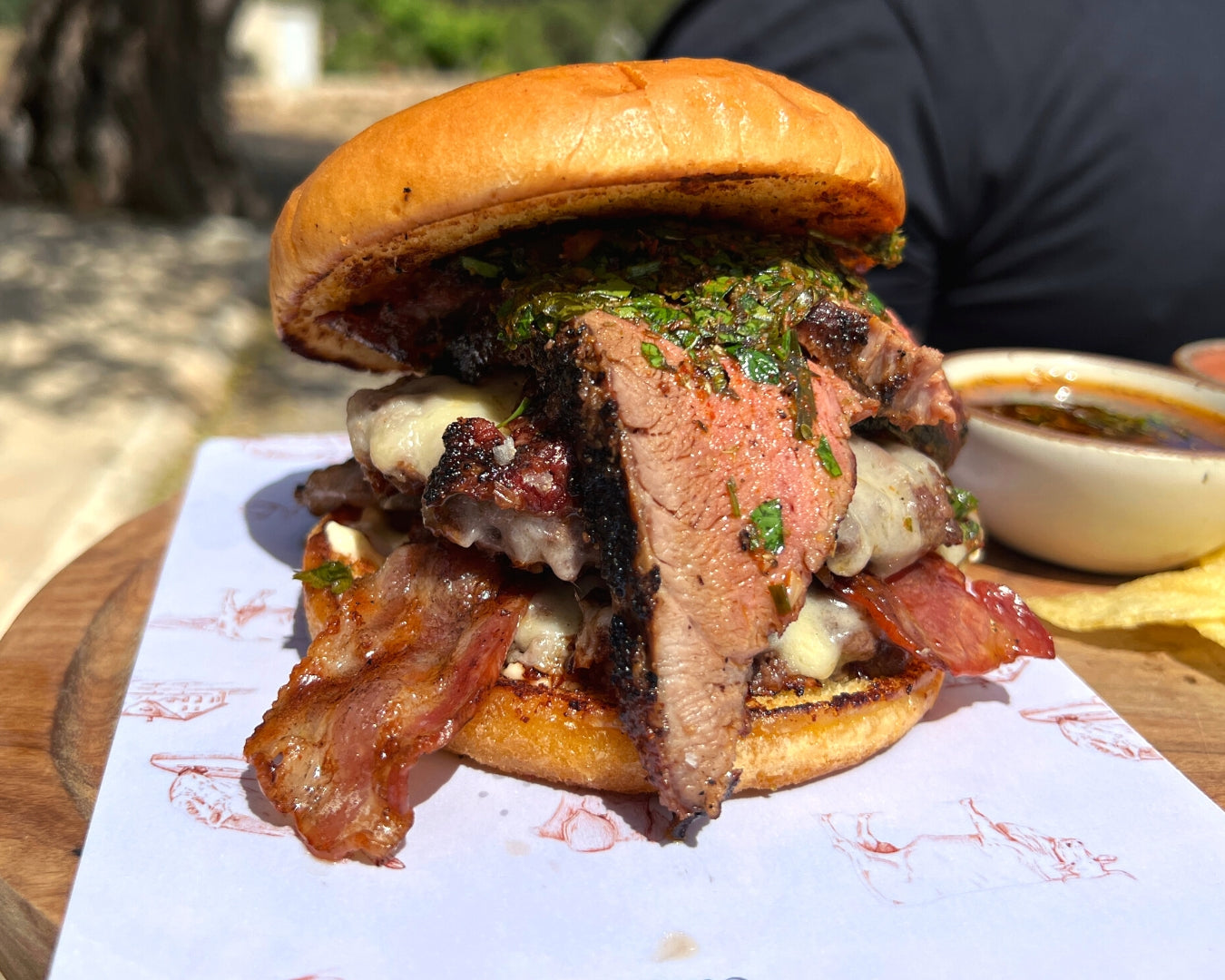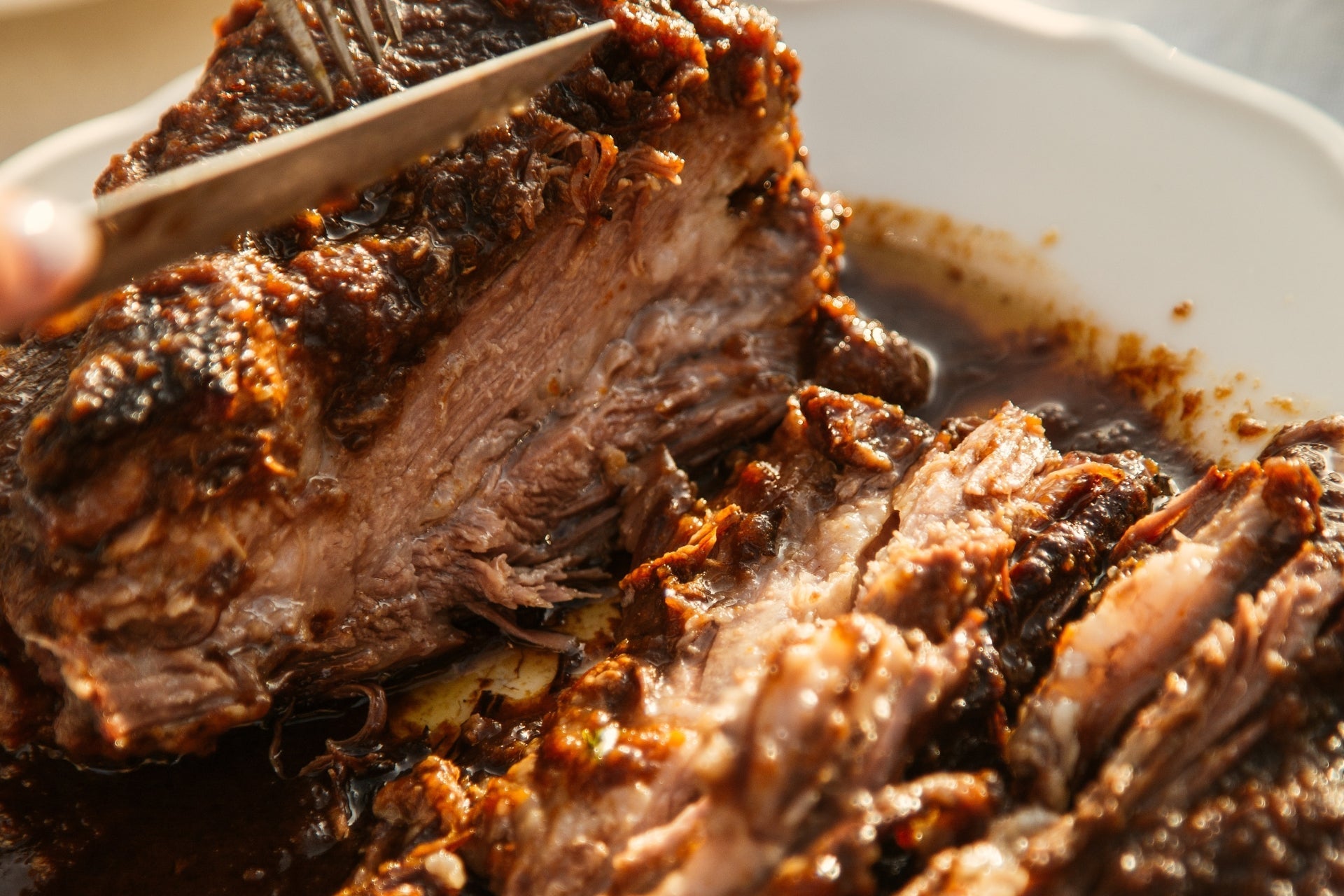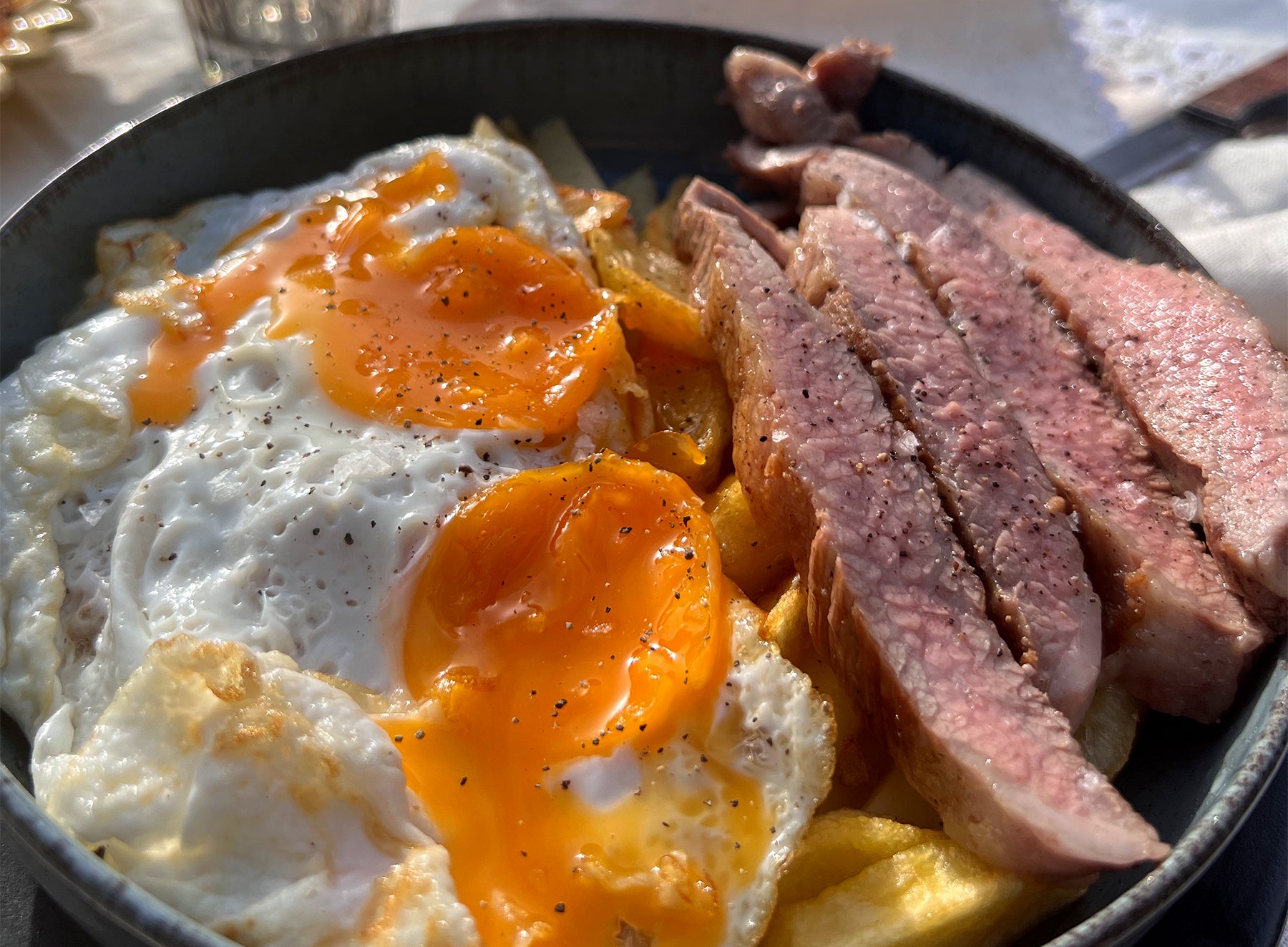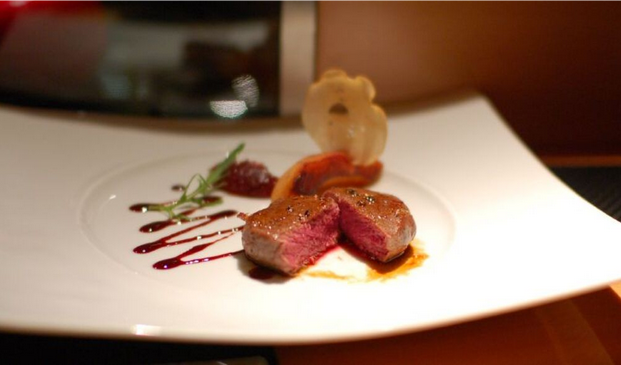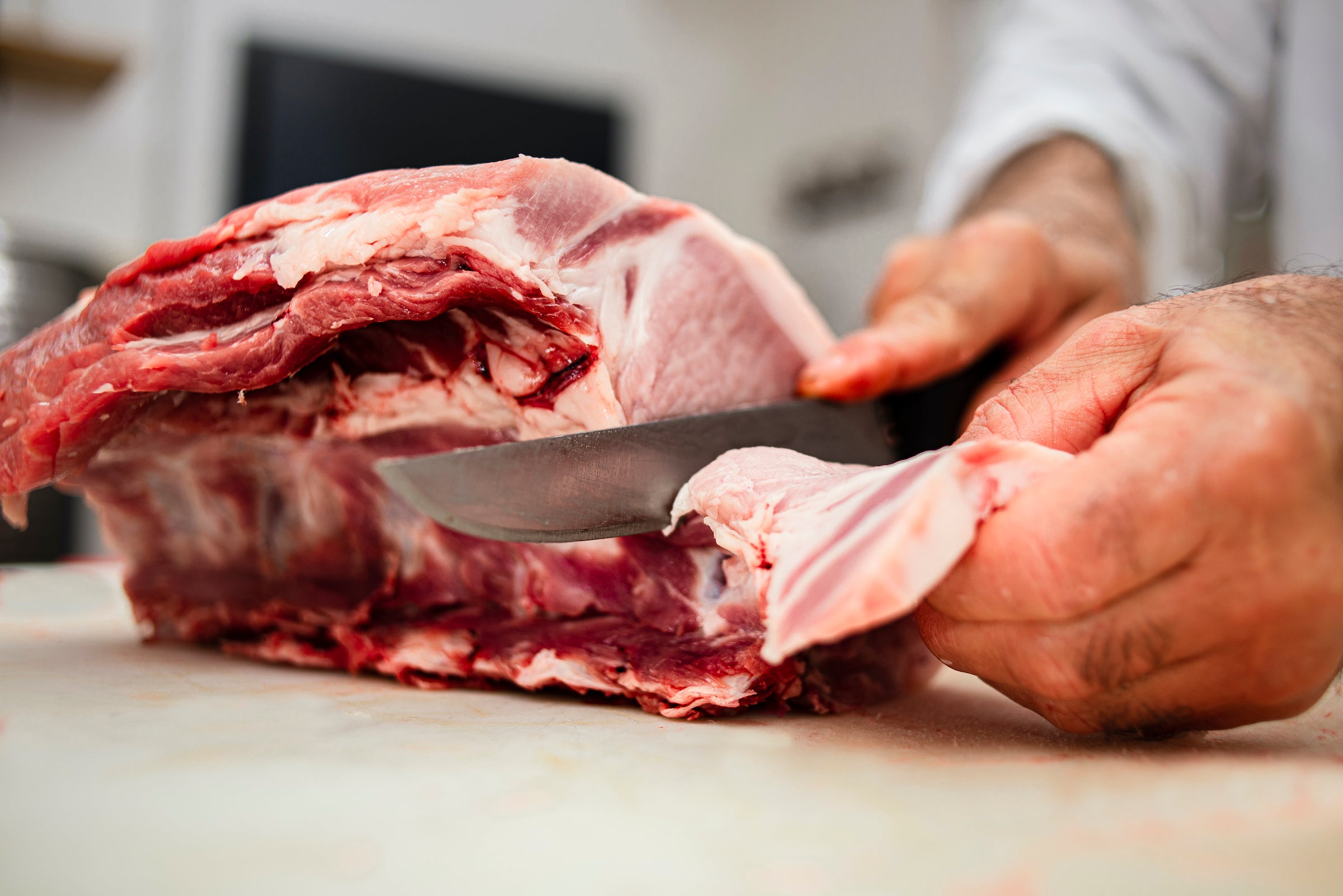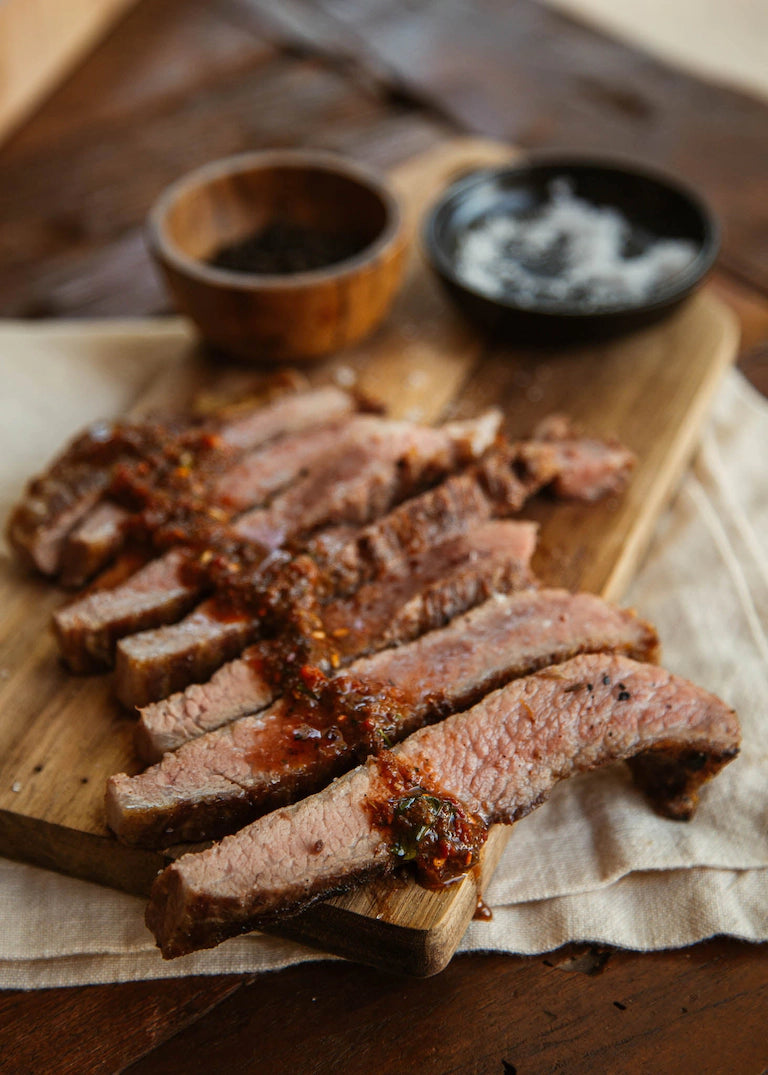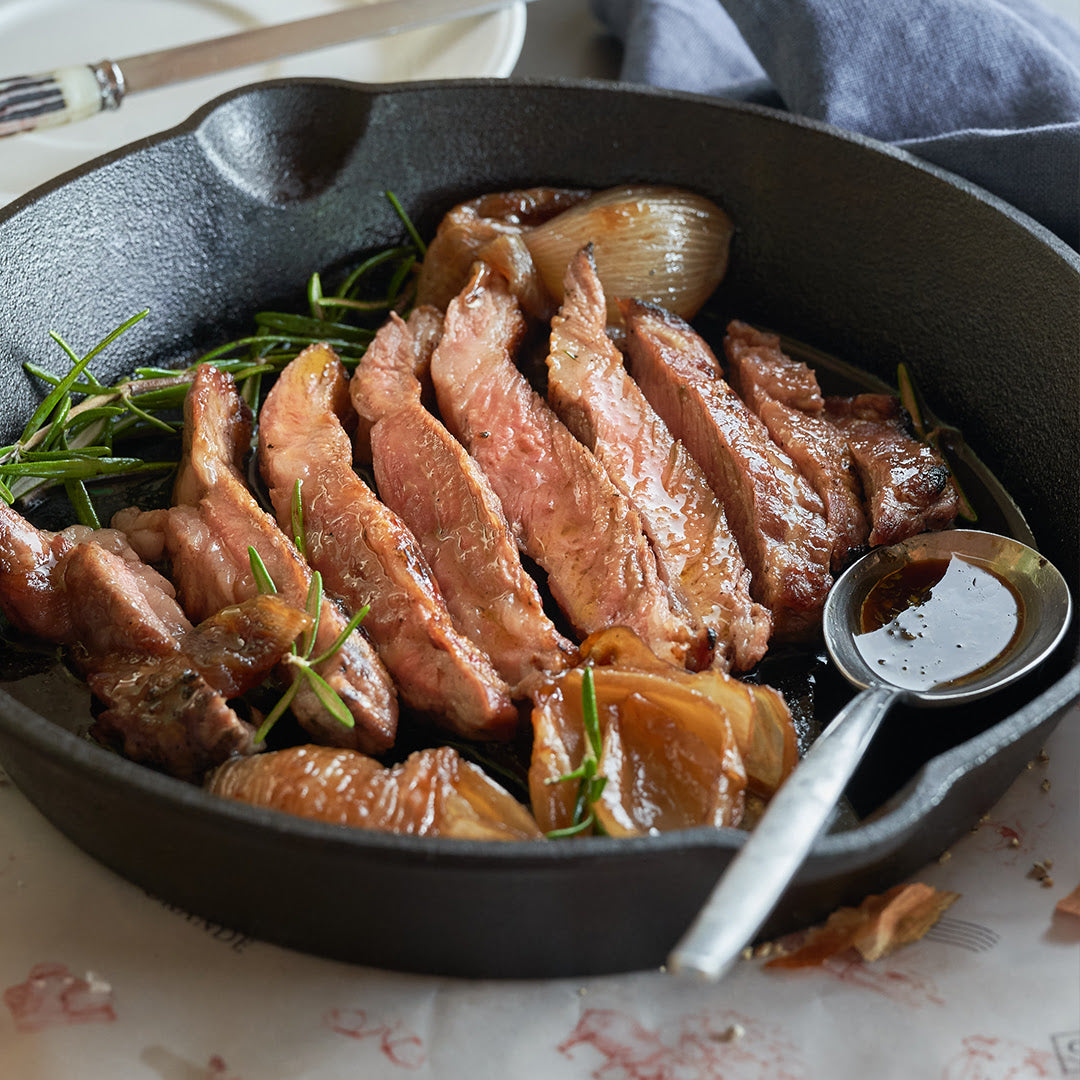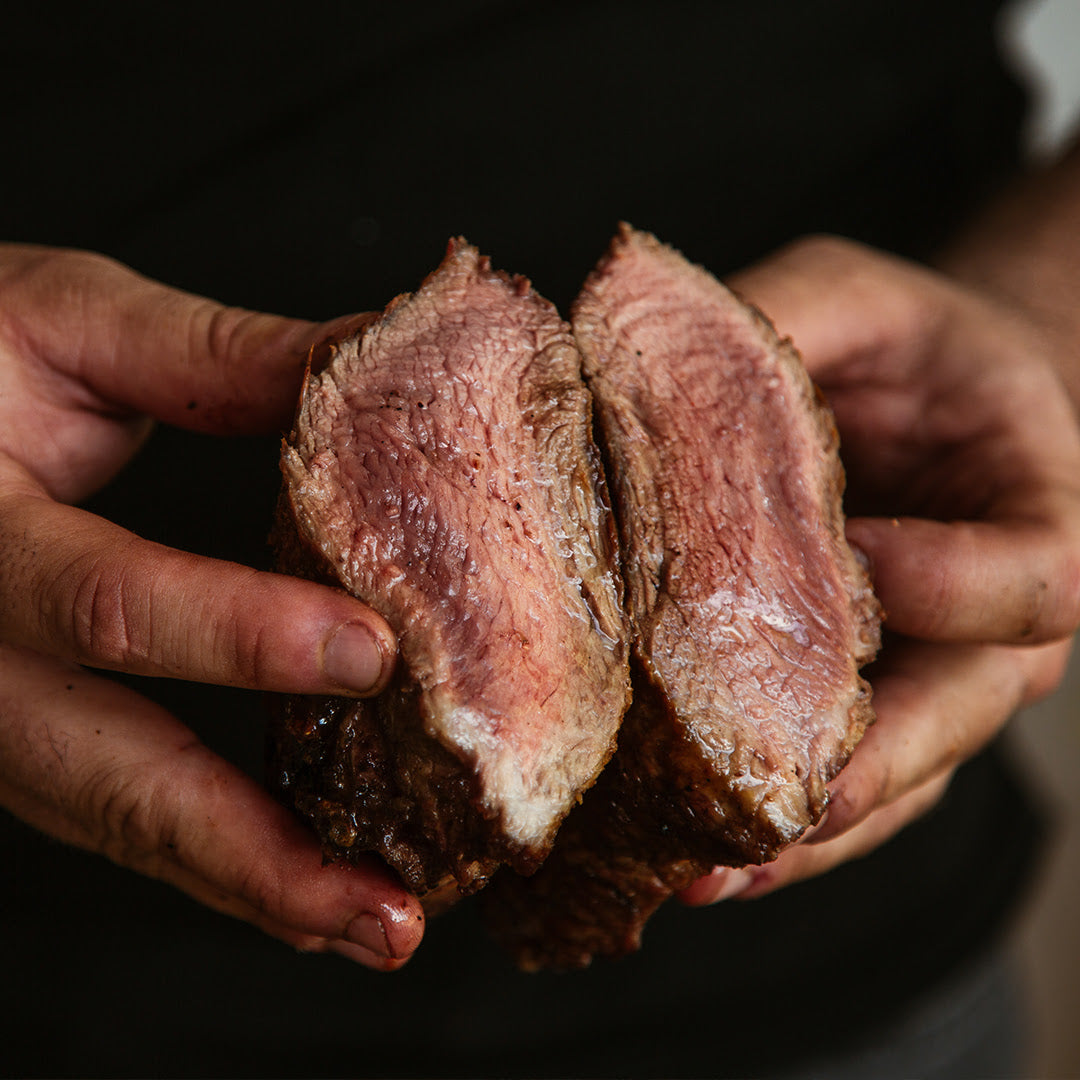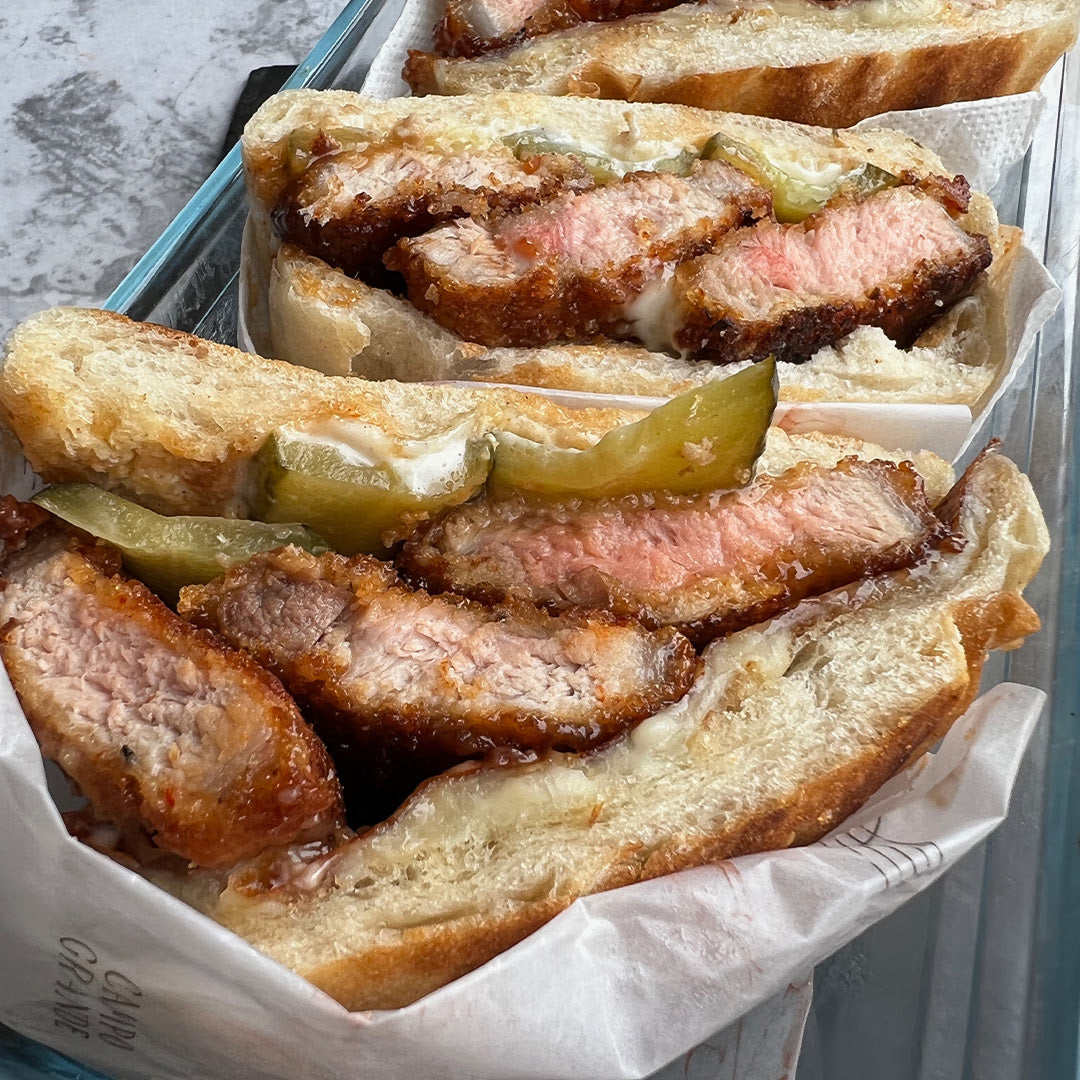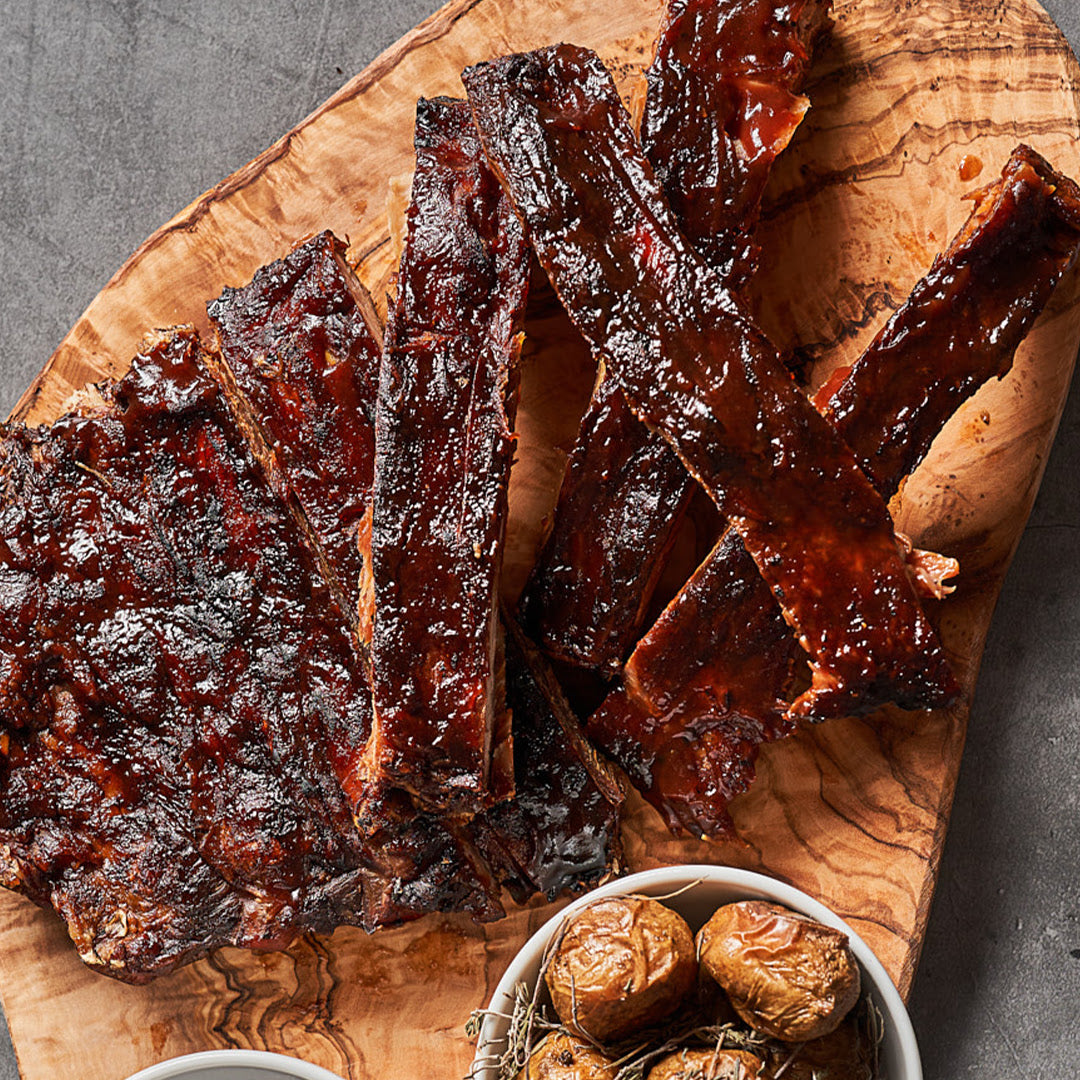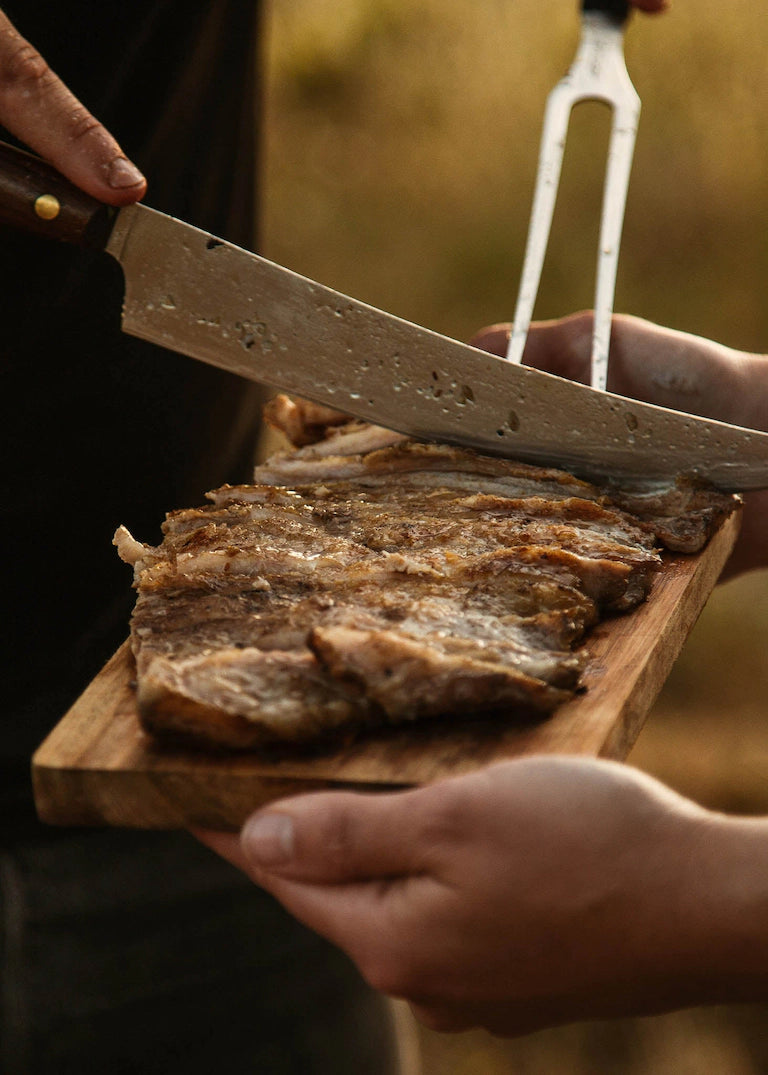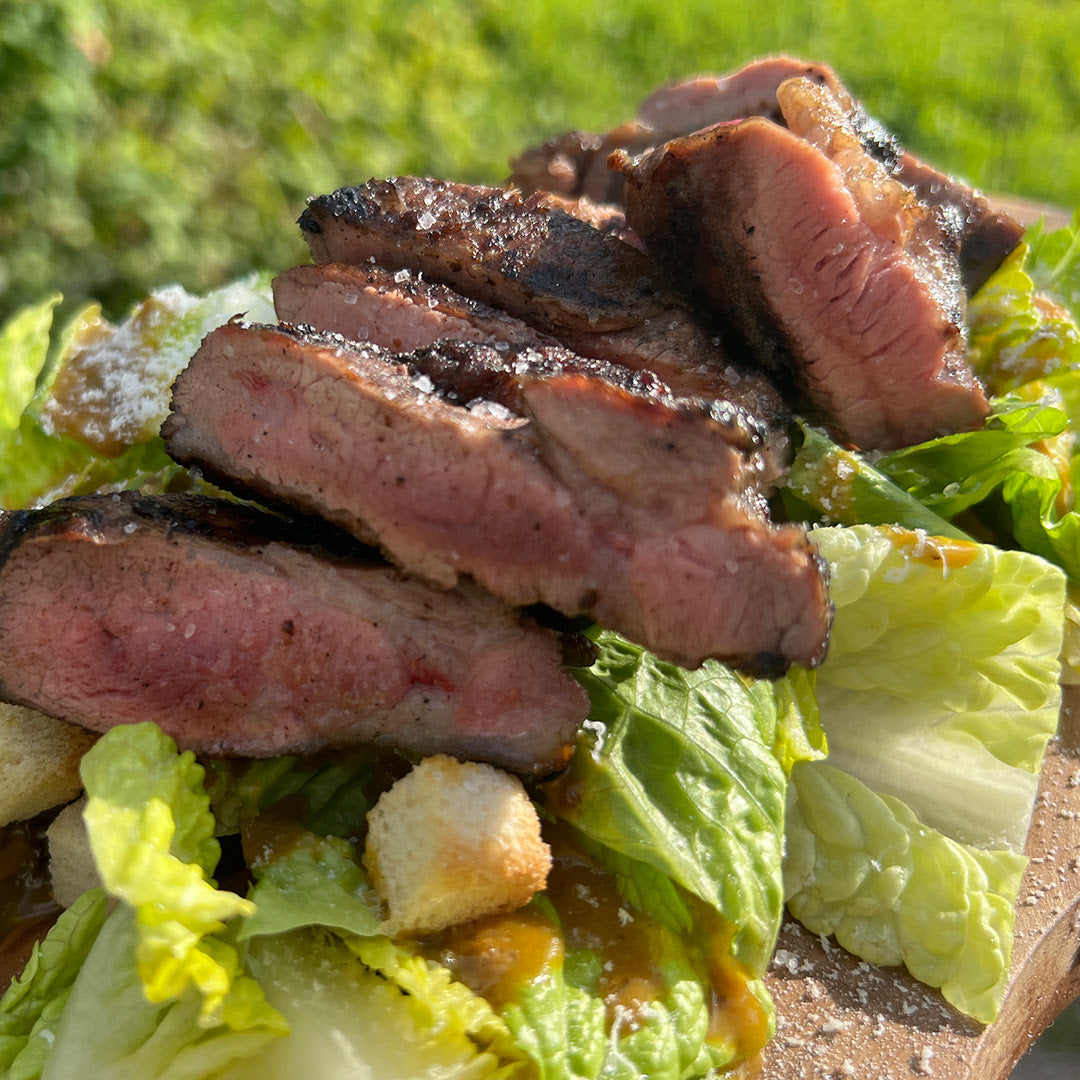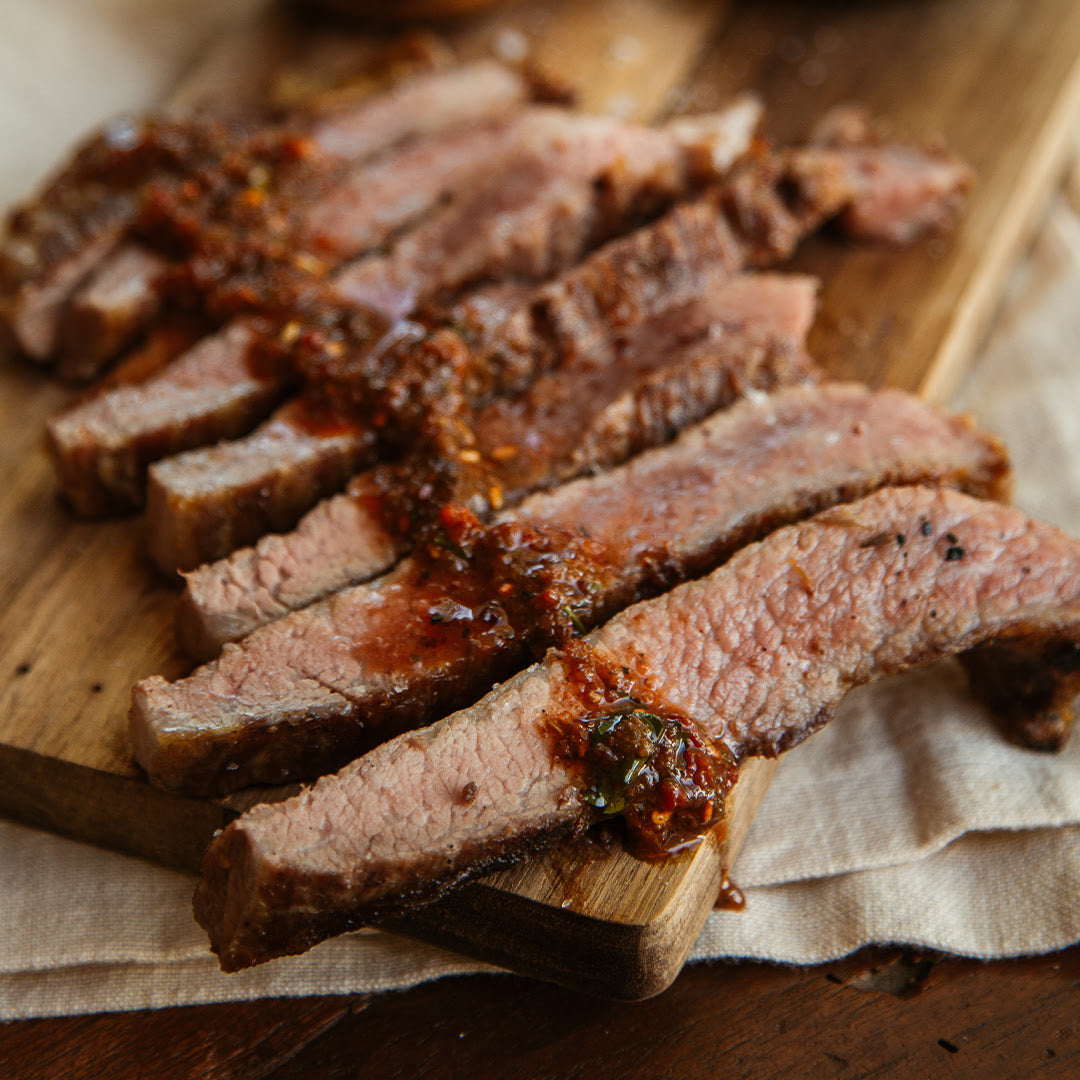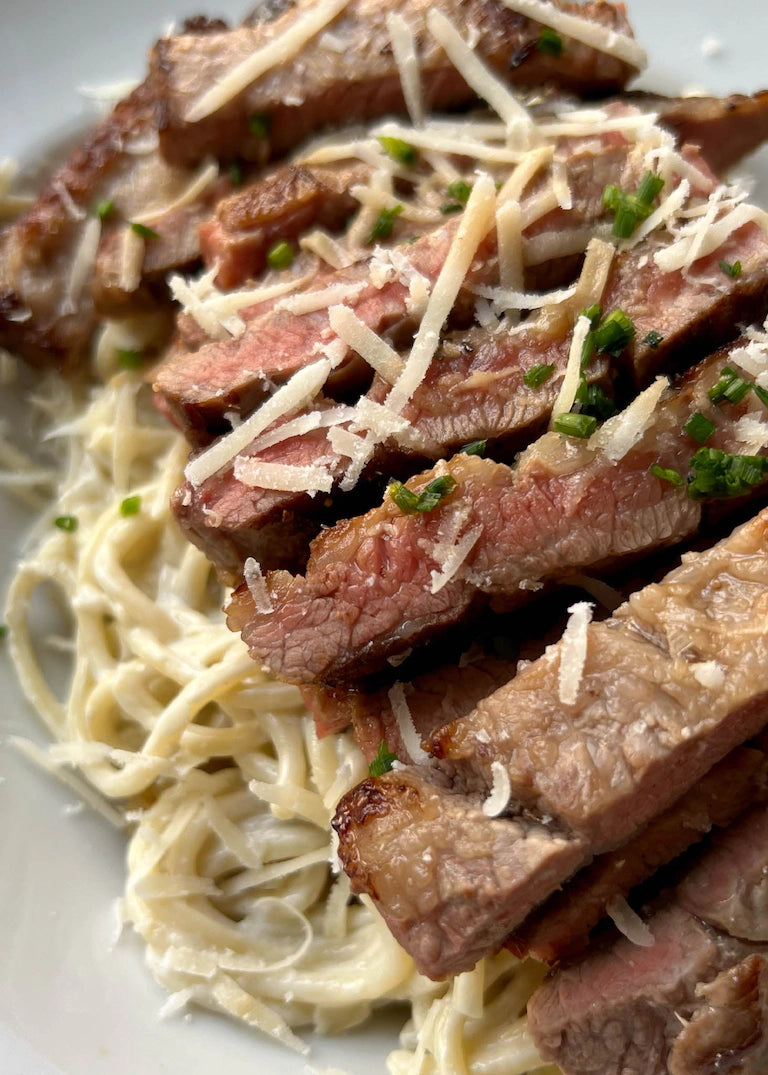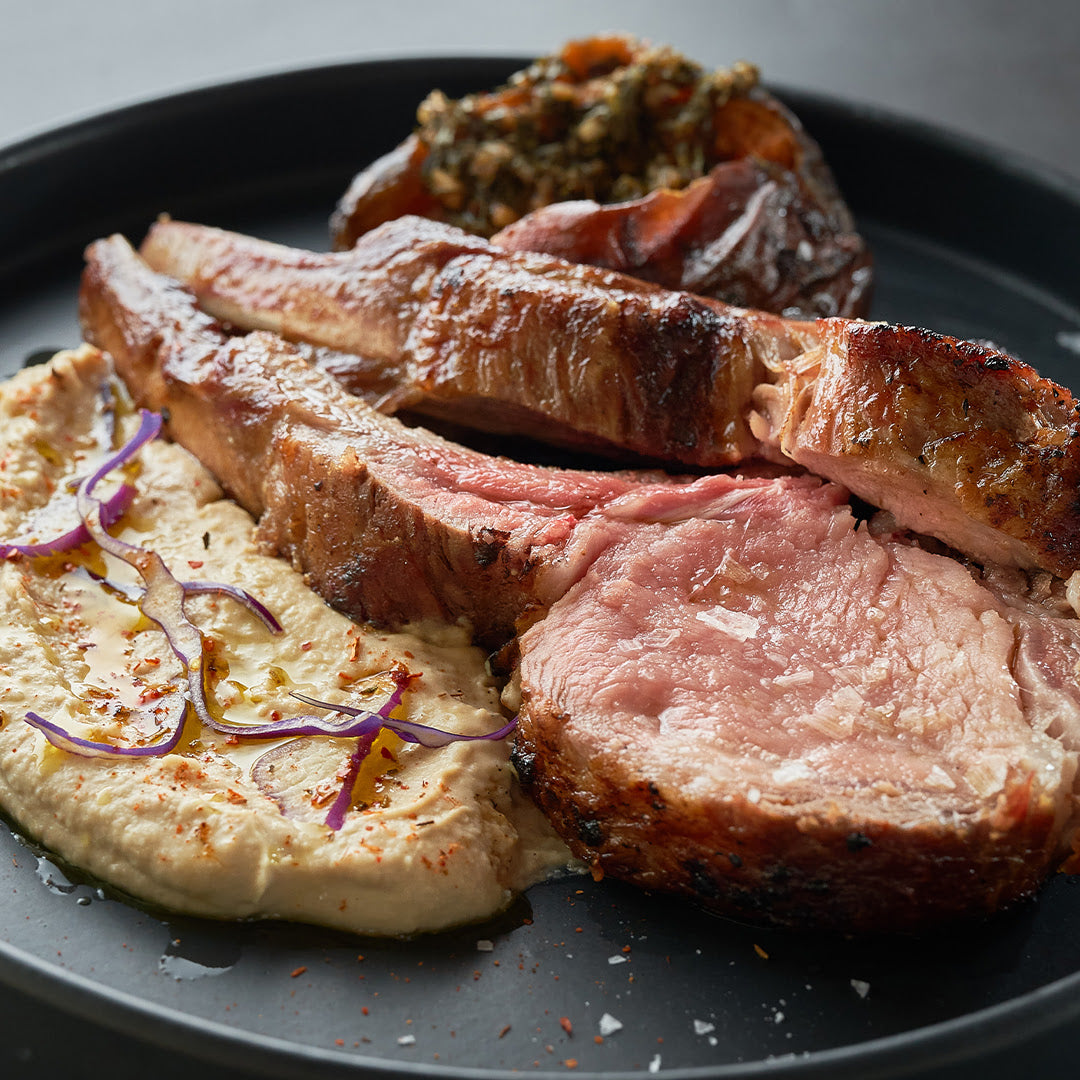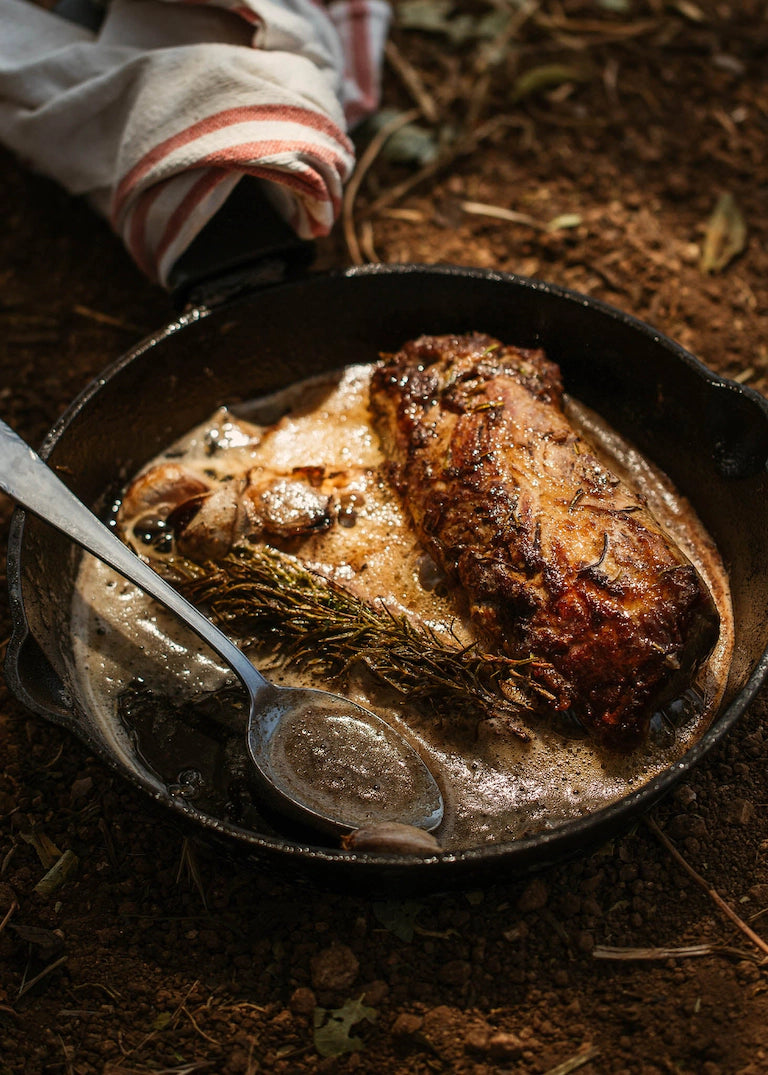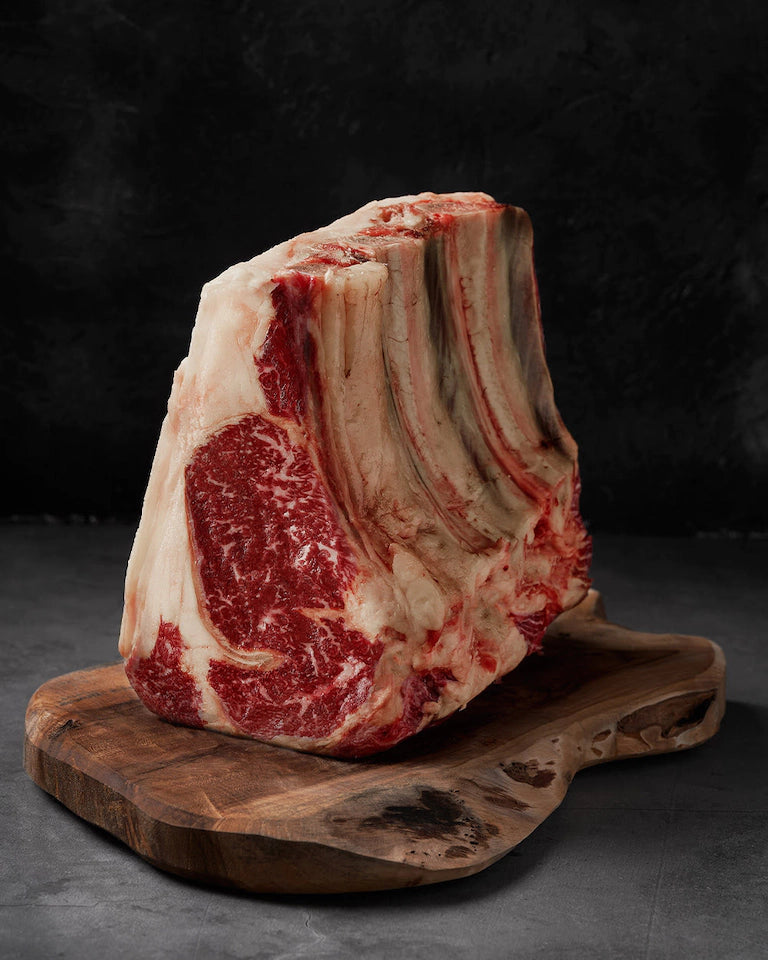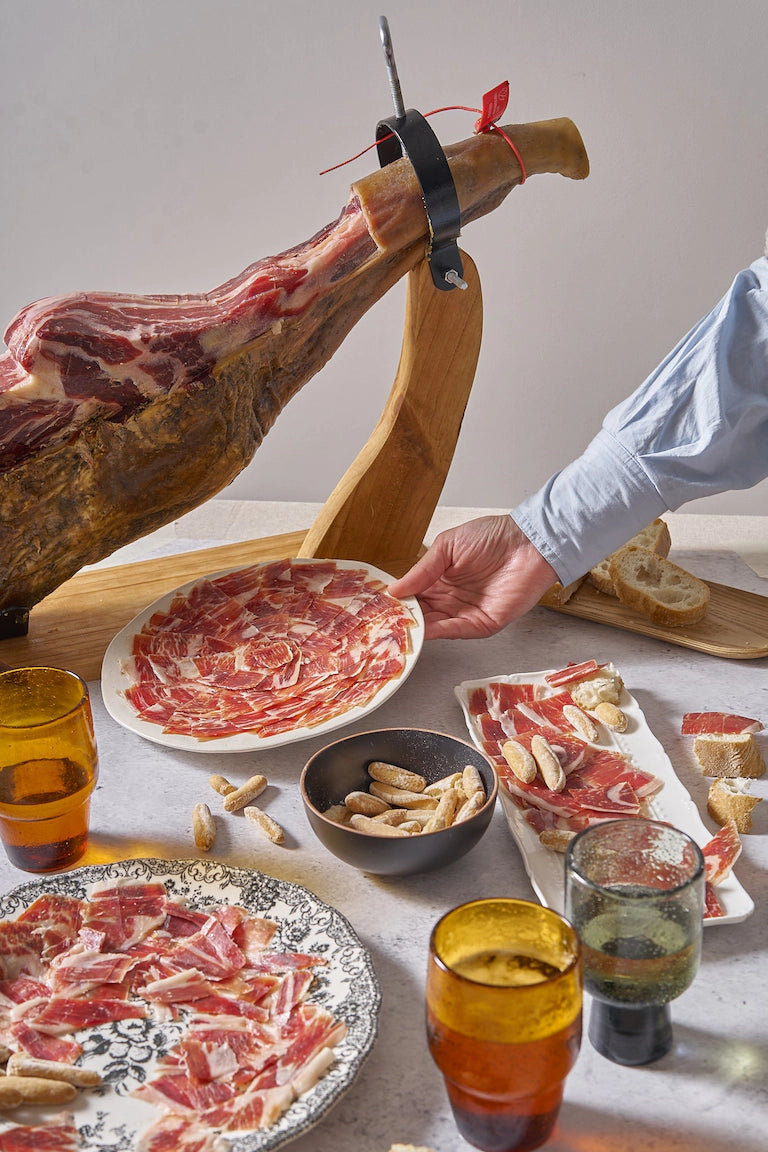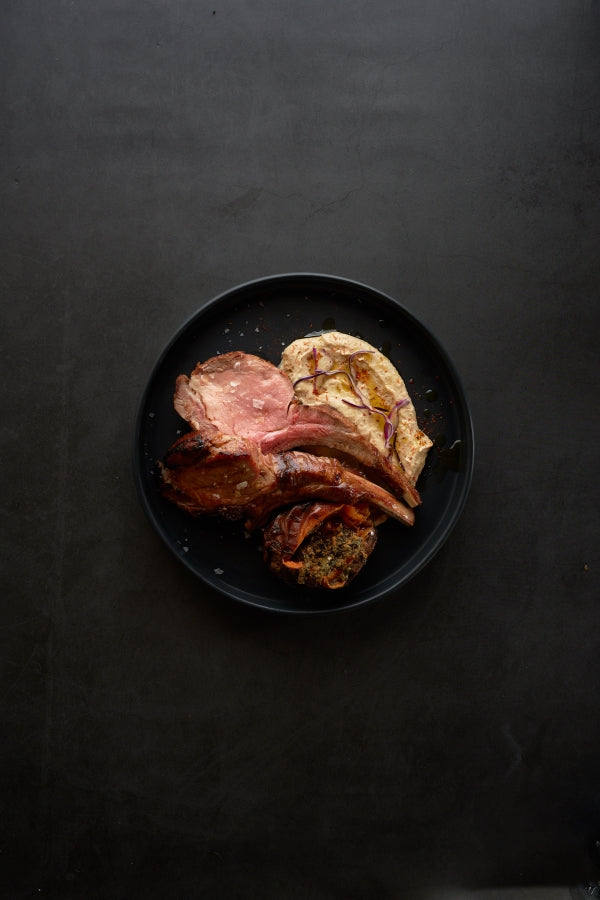
Spain was not before as we know it today. To reach the present time, it was necessary to go through several eras in which different cultures lived here and developed and left cultural traces in different areas, such as architecture and cuisine.
Perhaps due to its strategic position or maybe because of its incredible climate, many civilizations sought to settle in the territory. Iberians, Romans, Arabs, Celts; all with their distinctive cuisine were part of the evolution of the country. In addition to that, the Spanish travels through their ancient empire, achieved the incorporation of different ingredients used today.
All this is what leads us to the Spanish cuisine that is known today. A delicious combination of cultures that uses quality products found within the different geographical areas of the country.
The beginnings
Spanish cuisine, like all the cuisines of the world, began with prehistoric civilizations. In this particular case, the main foods consumed in this pre-Roman era were wine, bread and beer.
As time went by, the Romans began to consume cheese, more meat, more fruits and vegetables. Nevertheless, until the second century, a fairly basic gastronomy was maintained.
The change occurred with the expansion of the Roman Empire to Asian territories; places where they found different elements to incorporate in the kitchen.
The influence of the Arabs
With the Muslim invasion of the Iberian Peninsula, Spanish gastronomy took a giant leap. Before the 10th century, the cuisine of Spain had remained under Roman standards, without much change.
However, the Al-Andalus culture gave way to the Andalusian cuisine and soon people began to know the different varieties of food that can be consumed. At this time, people began to add more condiments to the preparations to exalt the different flavors and find some new ones.
The cuisine began to incorporate nuts and fruits in fish and meat dishes. Different foods began to be sown and consumed, such as rice, cinnamon and saffron. Likewise, Andalusian cuisine was a combination of Persian and Mesopotamian cuisine.
1492: How religion and travel affect the kitchen
For many years, Spain was under Muslim control; however, as time went by, the Christian kingdoms consolidated their presence in the various territories of the country. In the year 1492, two events took place that would forever determine the course of Spain's culinary history.
The first was the fall of the Nasrid Kingdom of Granada, which solidified the Christian majority in the country.
With the expulsion and conversion of the Muslims there was a drastic change in the cuisine, since the Arabs cooked with olive oil and the Christians with pork fat; an animal that cannot be consumed under the Muslim religion.
From this moment on, pork was incorporated into Spanish gastronomy, which gave another impulse towards the current cuisine of Spain.
But, another great event of this year is the arrival of Christopher Columbus to America. Thanks to this trip, Columbus not only got to know other territories, but also brought different foods to the country. Among them corn, tomatoes, potatoes, vanilla, peppers and even chocolate. All these elements are part of Spanish gastronomy and it would be almost impossible to eliminate them from the Spanish diet.
The Golden Century
With the arrival of cutlery and the first recipe book in Spanish, cooking again began to evolve steadily. The lower class population no longer ate only bread, but also different vegetable or meat broths to vary their diet without going out of their budget.
On the other hand, the nobility had a time of culinary excesses, characterized by elegant dinners made almost exclusively with the best meats of that era. Because of this social contrast and because people began to share recipes from generation to generation, the literature of the time began to keep records of different recipes.
By relating the act of eating to social status (rather than as a method of survival), people began to be more creative in the kitchen, seeking to stand out.
French influence and new century
With the arrival of the Bourbons, the Spanish court was greatly influenced by French gastronomy. The poor refused its incorporation and continued with their regional dishes, while the rich fused both cuisines. At this time it could be said that confectionery and pastries spread throughout the territory.
After this, the changes were much smaller and the native dishes were consolidated in the different regions. In the 20th century, specifically between the 1960s and 1980s, Spanish cuisine achieved international recognition with some traditional dishes such as paella and gazpacho.
It could be said that it was at this time that Spanish cuisine, as it is known today, took its first steps. Although perhaps, as time goes by, we will have new regional dishes to taste and a wider gastronomic culture.
